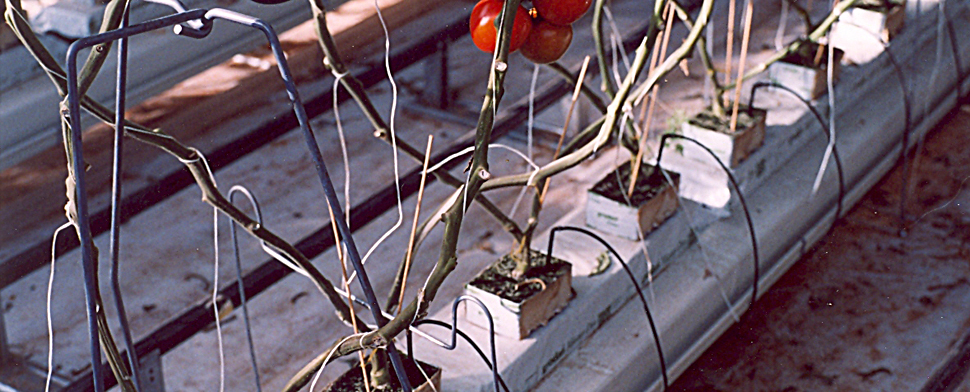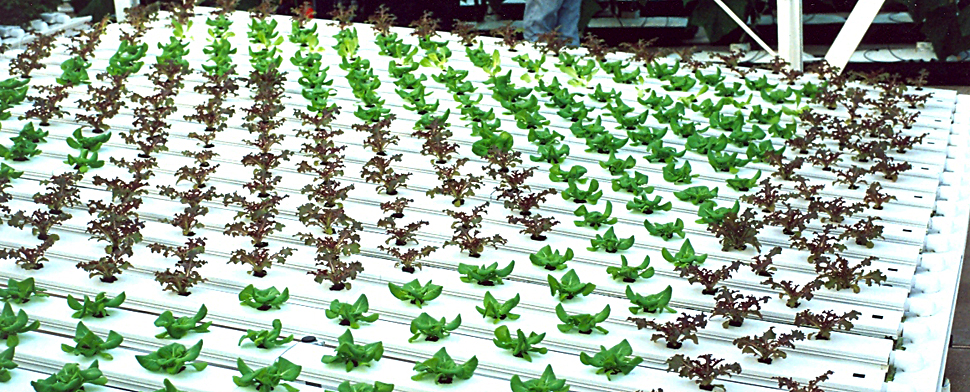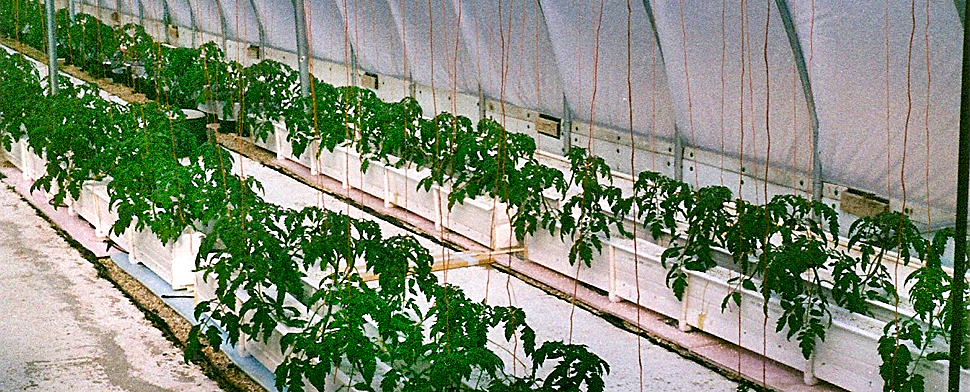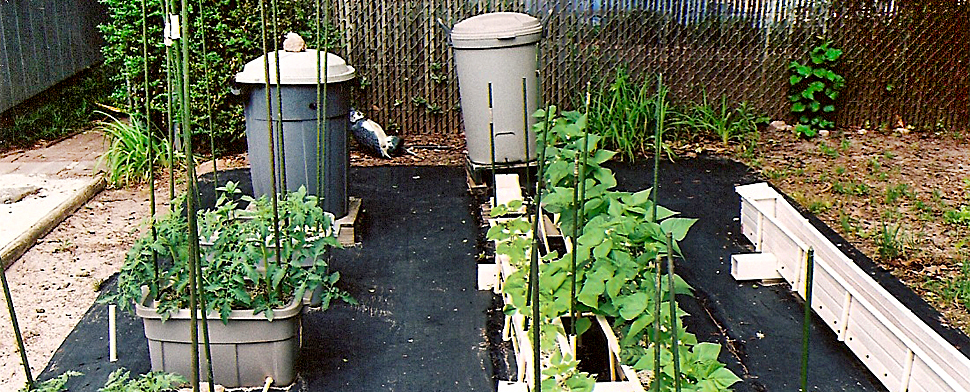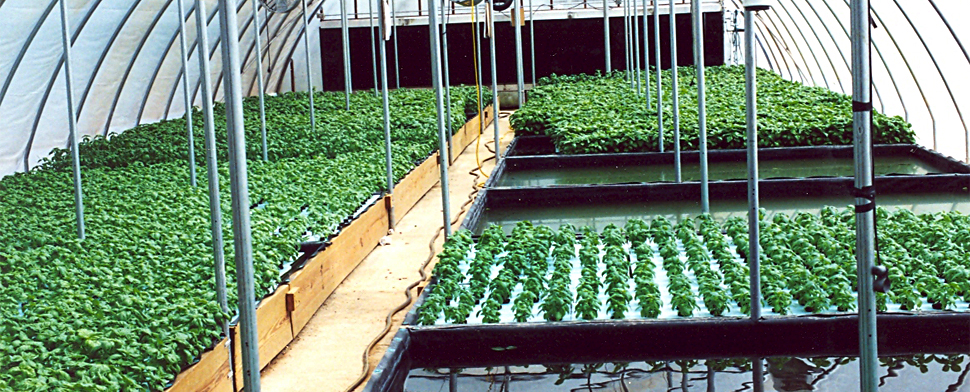Coir is being marketed as a rooting medium for the hydroponic growing of plants. Growers need to be aware that coir is not a consistent substance in terms of its elemental content and physio-chemical properties, but will vary from batch to batch depending on the coir source and the procedures used for generating a rooting medium product. In addition, coir may also contain a substantial quantity of soluble organic compounds that can act as “chelating” agents, thereby affecting plant nutrient availability. Since coir has a high water-holding capacity, repeated applications of a nutrient solution will result in the accumulation of both soluble elements, increasing the EC of the retained nutrient solution, followed by the accumulation of precipitates of calcium phosphate and sulfate, trapping other elements, which in turn will impact the nutrient element status of the growing plant. Therefore, the management requirements for coir as a rooting medium are demanding in order to avoid potential nutrient element insufficiencies from occurring in the growing plant. Therefore, the elemental composition of an applied nutrient solution and its associated use factors must be such as to minimize the occurrence of nutrient element accumulation.
Written by admin
![]()
Dr. J. Benton Jones has written extensively on the topics of soil fertility and plant nutrition over his professional career. After obtaining a B.S. degree in Agricultural Science from the University of Illinois, he served on active duty in the U.S. Navy for two years. After discharge from active duty, he entered graduate school, obtaining M.S. and Ph.D. degrees from the Pennsylvania State University in agronomy. For 10 years, Dr. Jones held the position as research professor at the Ohio Agricultural Research and Development Center (OARDC) in Wooster. During this time, his research activities focused on the relationship between soil fertility and plant nutrition. In 1967, he established the Ohio Plant Analysis Laboratory.
Joining the University of Georgia faculty in 1968, Dr. Jones designed and had built the Soil and Plant Analysis Service Laboratory building for the Georgia Cooperative Extension Service, serving as its Director for 4 years. During the period from 1972 and his retirement in 1989, Dr. Jones held various research and administrative positions at the University of Georgia. Following retirement, he and a colleague established Micro-Macro Laboratory in Athens, Georgia, a laboratory providing analytical services for the assay of soils and plant tissues as well as water, fertilizers, and other similar agricultural substances.
Dr. Jones was the first President of the Soil and Plant Analysis Council and then served as its Secretary-Treasurer for a number of years. He established two international scientific journals, "Communications in Soil Science and Plant Analysis" and the "Journal of Plant Nutrition", serving as their Executive Editors during the early years of publication.
Dr. Jones is considered an authority on applied plant physiology and the use of analytical methods for assessing the nutrient element status of rooting media and plants as a means for ensuring plant nutrient element sufficiency in both soil and soilless crop production settings.
View all posts by: admin
No Comments Yet.

